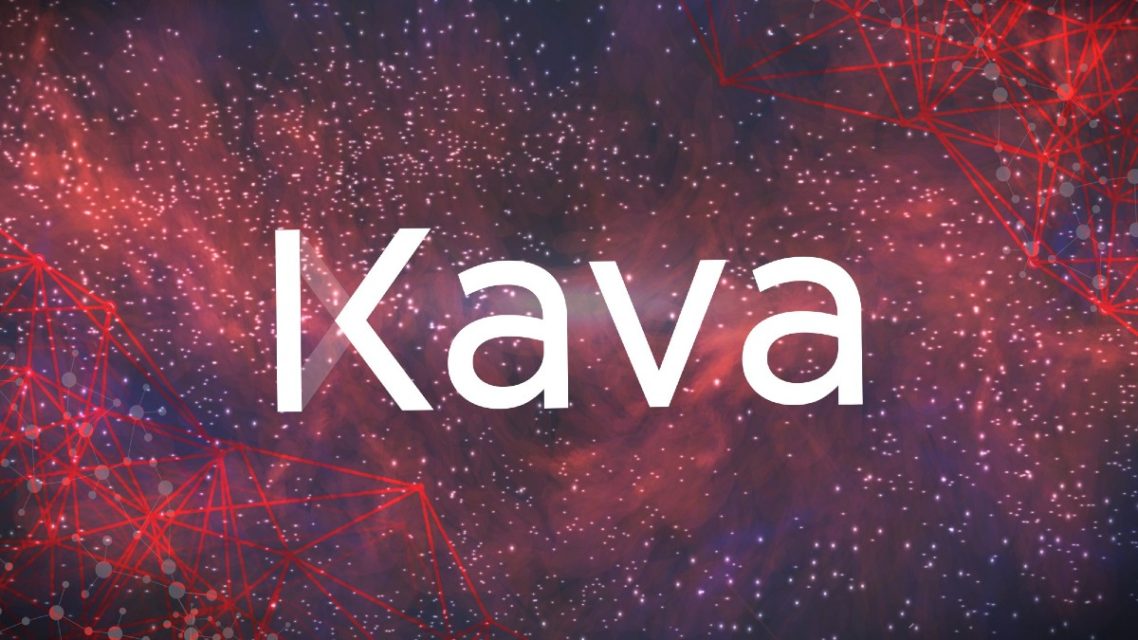In this article, we tried to answer questions such as what is KAVA coin, what is the crypto currency Kava (KAVA), how to buy KAVA coin. Here are the comments and details about the future of KAVA coin…
How much is KAVA Coin?
According to current crypto money market data, 1 KAVA Coin 44.00 TL is traded at TL. KAVA Coin price has fluctuated by 6.02% in the last 24 hours. The trading volume of KAVA Coin in the last 24 hours is 47,792,053 $ and the total market cap is 547,819,092 $ dollars.
How much is KAVA Coin?
According to current crypto money market data, 1 KAVA Coin is traded at 2.68 $ dollars.
What is KAVA Coin?
Kava coin is a software protocol that uses multiple cryptocurrencies to allow its users to borrow and lend assets without the need for a traditional financial intermediary.
As such, Kava is recognized as one of a number of emerging decentralized finance (DeFi) projects. However, while most DeFi projects are run on Ethereum, Kava is built on Cosmos instead, a design decision his team claims adds additional functionality. Users of the
platform lock cryptocurrencies into smart contracts in Cosmos so they can borrow loans in USDX, a cryptocurrency pegged to the US dollar value.
Kava leverages a feature in Cosmos called regions to manage crypto assets that it accepts and then runs on programs on independent networks. This allows the project to expand the number of crypto assets available to borrowers to include XRP, BNB, and BTC, among others.
Users receive weekly rewards in the form of Kava’s cryptocurrency KAVA, by securing cryptocurrencies for printing USDX.
The total amount KAVA users receive depends on the type of collateral used and how much USDX a user mints. As an example, miners using BNB as collateral are given a share of the 74,000 KAVA that the platform publishes on a weekly basis.
Who Created Kava?
Kava was co-founded in 2018 by Brian Kerr, Ruaridh O’Donnell and Scott Stuart.
That’s when the founders founded Kava Labs, a non-profit company whose purpose is to develop and drive the creation of the Kava platform.
The Kava team then conducted a token sale on the cryptocurrency exchange Binance in 2019, selling 6.5% of the total KAVA supply at the time, raising $3 million.
Kava’s decentralized lending platform officially went live in June 2020, during which time BNB can be used as collateral to borrow USDX. As of August 2020, $24 million worth of BNB is locked into contracts, with 8 million USDX borrowed.

How Does Kava Work?
Kava allows users to lock assets in private smart contracts and borrow USDX.
On the backend this creates what is called a collateralized debt position (CDP), which is a contract designed to keep the USDX value pegged to the US dollar.
Users to set up a CDP:
- Crypto deposit: Users can link their wallets to deposit cryptocurrencies.
- Creating a CDP: Kava locks the deposited cryptocurrency in a smart contract.
- USDX creation: USDX credits are issued to users based on the CDP value.
- Close a CDP: Users pay back the debt and a fee to unlock their secured crypto.
- Crypto withdrawal: Kava burns USDX when crypto is returned to user.
Margin ratio
You can think of the margin ratio as the mechanism that helps protect the protocol from volatility that would reduce the value of the collateral.
USDX in Kava is often overcollateralized, meaning borrowers typically have to deposit a higher amount than the USDX minted by the protocol.
The debt-to-collateral ratio is then used to calculate the liquidation price.
For example, a collateralization rate of 200% means that the user will be liquidated if the value of the cryptocurrency locked in the protocol drops below 2x the USDX borrowed.
If the debt-collateral value falls below a certain threshold, the collateral held in smart contracts is automatically liquidated and burned.
KAVA Coin Review and Future 2022
KAVA cryptocurrency is used to reward users who mint USDX and plays an important role in the management of the Kava network.
More specifically, KAVA distributes the management of operations on the network and allows anyone who holds and feels cryptocurrency to vote on software policies and rules.
This means that by owning and staking KAVA users can vote to change certain parameters of the software. These include, but are not limited to, the assets the protocol accepts as collateral, the required collateralization rate, and fees paid by borrowers.
Kava users can also delegate KAVA to validators who manage the blockchain and compete for the newly released KAVA, and allocate votes to them to earn a portion of the stabilization fees paid by users who close their CDPs.
Like many other cryptocurrencies, the supply of KAVA tokens is limited, meaning there will only be 100 million KAVAs according to the software’s rules.
Kava could be attractive based on its ability to provide cryptocurrency holders with access to decentralized lending services.
Borrowing against one’s cryptocurrency allows users to retain ownership of these assets while receiving other collateral that can be used to purchase goods and services.
Investors may also try to buy KAVA if they believe in DeFi’s promises and the ability of these protocols to disrupt traditional financial services.




